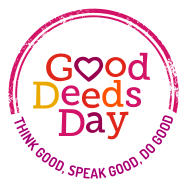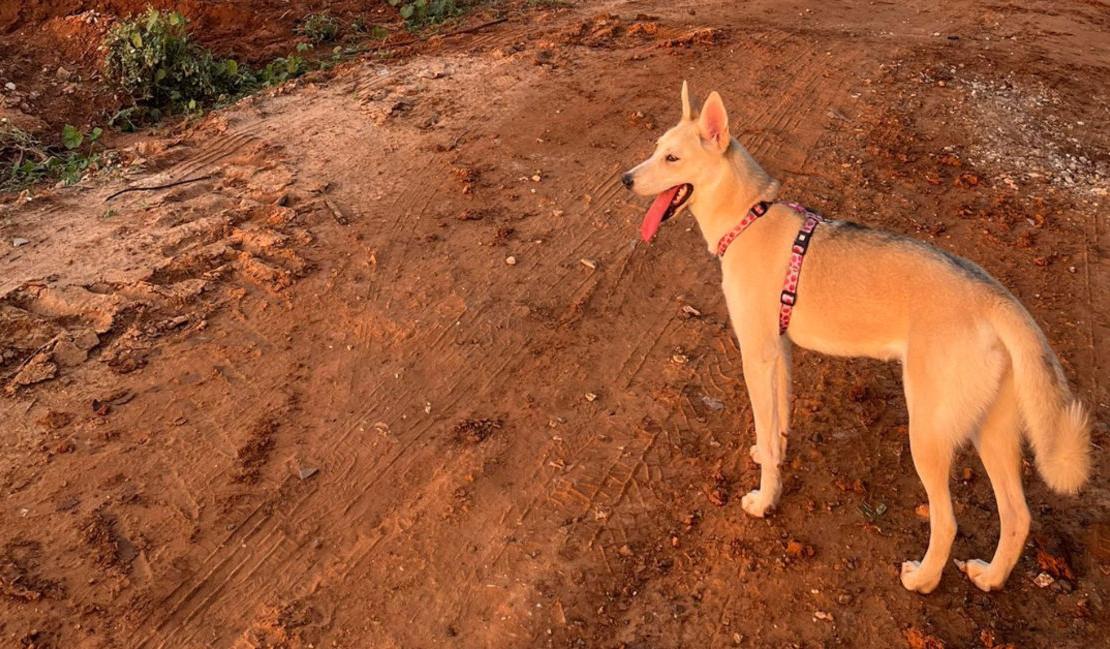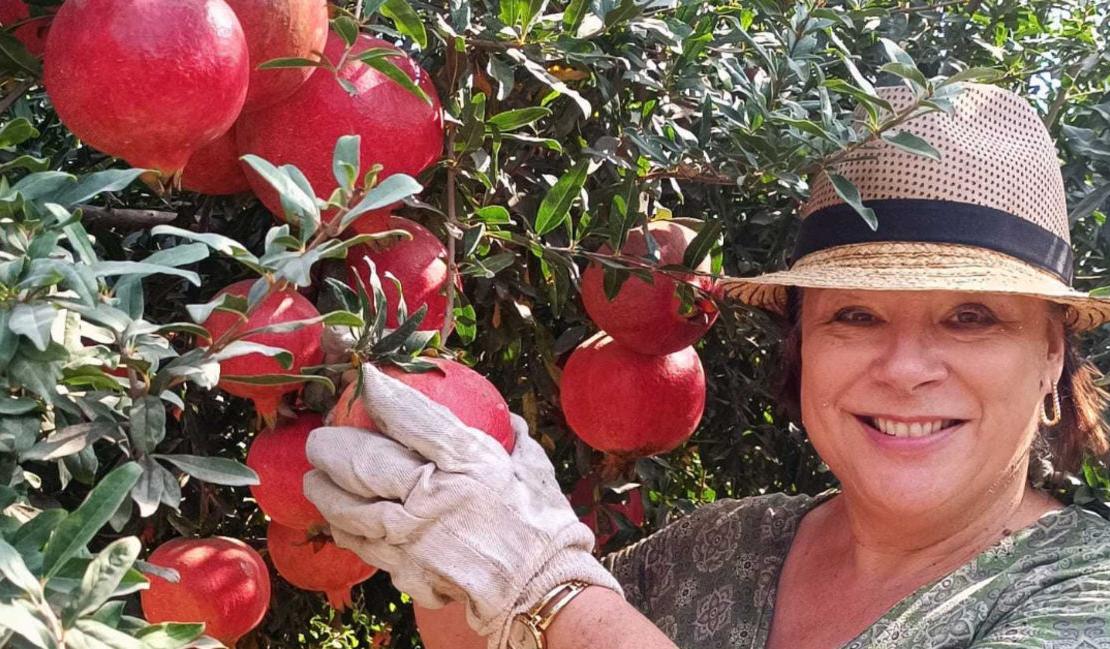
In the aftermath of the Nova Music Festival tragedy, where on the morning of October 7th a murderous terrorist attack by Hamas turned the joy of music turned into a haunting memory for survivors, the journey to healing has been a challenging one. Some 260 people were killed and dozens kidnapped among the 3,500 or so who had flocked from all over the world to celebrate the values of “free love and free spirit, preservation of the environment, appreciation of natural values” promoted by the festival. However, amidst the shadows, a beacon of hope has emerged through the transformative power of music and dance. These artistic expressions have become not only a source of solace but also a pathway to recovery for those grappling with the emotional aftermath.
Music as a healing force
“It was the most amazing minute of my life. All my people were there. The sky was beautiful. The birds were beautiful in the sky. The music, everything was so amazing. I felt like the whole world has a way for salvation. And then it happened. So this is what makes it horrible. Because it was the most beautiful moment,” psychotherapist and clinical social worker Einat Haimovich told FRANCE 24, relating one of the many stories she has heard from Nova survivors.
The psytrance music scene in Israel has expanded greatly in recent years and the first ever edition of the well-known Brazilian psytrance festival Universo Paralello took place in Israel and was called Tribe of Nova. Tragically, it turned out to be the deadliest terror strike in Israeli history.
Music, with its ability to convey emotions beyond words, has long been recognized as a healing force. For Nova Music Festival survivors, it serves as a cathartic medium to express grief, anger, and hope. Therapists and counselors have incorporated music into healing sessions, allowing survivors to engage with melodies that resonate with their experiences. Whether through the gentle chords of a piano or the rhythmic beats of a drum, survivors find a way to process their emotions, gradually paving the way towards healing
Movement helps express emotions
Dance, too, has played a pivotal role in this healing journey. The physicality of movement allows survivors to reconnect with their bodies and reclaim a sense of control. Through dance, they express emotions that words alone cannot capture, providing a safe space for survivors to release and transform their pain
Dozens of survivors have participated in the trauma recovery programs being run by Free Spirit Experience, a non-profit group that in normal times uses its facilities at Hazorea and another one in Cyprus for treatment programs for young Jewish adults from Israel and abroad suffering from anxiety, depression, or drug or alcohol problems. Free Spirit repurposed its trauma treatment programme within two weeks of 7 October, launching the first of its three-day therapeutic workshops for Nova survivors on 23 October. Since then, it has held six more, each with five to 15 participants and at no cost to attendees
“This is the first time I’ve danced since that day, It’s been very hard for me,” Noa Maman, 21, of Yokneam told The Jewish Report.
Through yoga, woodworking, acupuncture, dance, pottery-making, and even ice baths, survivors of the murder progressively open up and start communicating. The goal is to create a community and a sense of safety for participants so they may discuss and share their feelings. While some people are able to open up during group therapy sessions, others do so while participating in shared activities like meal preparation.
“We had a staff member whose cousin was injured in the festival. Each of us knew somebody who was there. We talked about the trauma these people might have and decided to use our resources to help them. When we have our first group meeting, some have been waiting for the opportunity to tell their stories, but not all of them. By the end all of them share, but not because we pushed them. Many times, it’s not even us. We just sit there and they share among themselves.” Free Spirit’s managing director, Rami Bader explained.
Regaining equilibrium
The Nova Music Festival survivors have found solace in community dance events where they can move together in harmony. These events not only foster a sense of unity but also provide an avenue for survivors to support one another without the need for spoken words. The shared experience of dance becomes a form of silent communication, allowing survivors to connect on a profound level that transcends verbal expression
Tamir Rotman, a psychologist and Free Spirit’s clinical director said survivors of massacres often feel extremely agitated, tortured by flashbacks and unable to leave home. He tries to help them find stability and a sense of normalcy.
“The huge factor is alleviating guilt and self-criticism. It’s typical for people who go through extreme situations to feel survivor’s guilt. For example, some will say, ‘I pushed my friends to come, but I survived and they didn’t.’ Or ‘Why didn’t I fight back?’ These are normal mechanisms that our brain uses to try to gain some control over the situation.” Rotman said.
Music and dance therapy sessions have been tailored to address the specific needs of Nova Music Festival survivors. Therapists work closely with survivors to curate playlists that resonate with their individual experiences, ensuring that the chosen melodies foster a sense of comfort and empowerment. Similarly, movement is designed to be both gentle and empowering, allowing survivors to engage with their bodies in a way that promotes healing rather than retraumatization
As the Nova Music Festival survivors navigate the challenging path to healing, the harmonious combination of music and dance serves as a guiding light. In these artistic expressions, survivors discover a language that transcends the limitations of verbal communication, offering a profound means of connecting with themselves and each other. Through the therapeutic power of music and dance, the survivors of Nova Music Festival are reclaiming their narratives, finding strength in vulnerability, and moving towards rebuilding their shattered lives
This article was originally published on Goodnet and appears here with permission.




